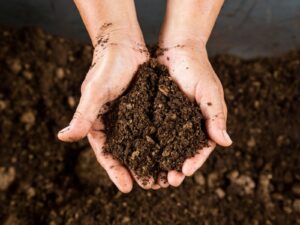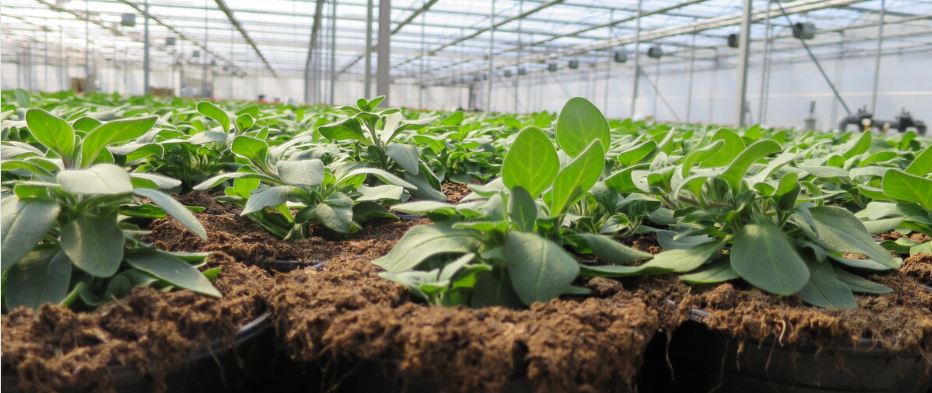Importance of Peat-based Growing Media
Peat as a substrate raw material is widely used in the production of growing media. Currently, peat is indispensable for use in commercial horticulture.

Peat-based growing media offer unique crop security for the whole diversity of crop plants. Eliminating peat from growing media diminishes crop security. Peat-based growing media can be produced and delivered in consistent quality. Of the huge areas of raised wetland that exist in the world, only a very small part is used for peat extraction. Intact bogs are nature conservation areas, and are left untouched.
In line with the voluntary commitments made in the “Responsibly Produced Peat” (RPP), raw materials are exclusively collected from peat wetland areas that were drained decades ago, when this process was still the politically and socially accepted practice. More than 70% of peat resources come from RPP certified extraction sites. This includes all sites in Lithuania as well as many important sites in Latvia and Germany. All RPP criteria were met for these sites.
The peat extraction areas are subject to very strict legal regulations, which stipulate the performance of re-naturation once peat extraction has ended. In particular through re-wetting, they convert former extraction areas into typical bog-like landscapes where peat moss can begin to grow again.
After being duly processed, the various peat types have optimum physical, chemical and biological plant cultivation properties which, taken all together, cannot be matched by any other raw material. Other raw materials, such as wood fibre, compost and coco pith, form an excellent supplement to peat. But these materials only achieve their desired horticultural effect in combination with peat.

Raw peat materials are available in sufficient quantities to cover the world-wide demand for growing media. Ceasing to use peat in growing media would cause a gap in the supply chain. Alternative raw materials such as wood fibre and compost are not available in sufficient quantities to allow peat-free growing media to be produced on the required scale – neither for Germany, Europe or the world as a whole.
Supply Chain and Alternatives
The supply of such alternatives could also be still further diminished, and their price could rise, as they become increasingly attractive for energy uses in future. Only 15% of alternative substrate consists of raw materials – every substrate raw material causes emissions, though in different amounts. Peat is among the raw materials with comparatively high CO2 values because in contrast to wood fibres and compost, it does not count as a renewable raw material.
Future Goals for Peat-based Growing Media
The targeted use of volume-forming substrate raw materials in place of peat has a positive impact on the carbon footprint of this growing media. A goal was set of increasing the share of alternative substrate raw materials by 15% of the annual output volume in this decade.
Source: Seeds for Africa

